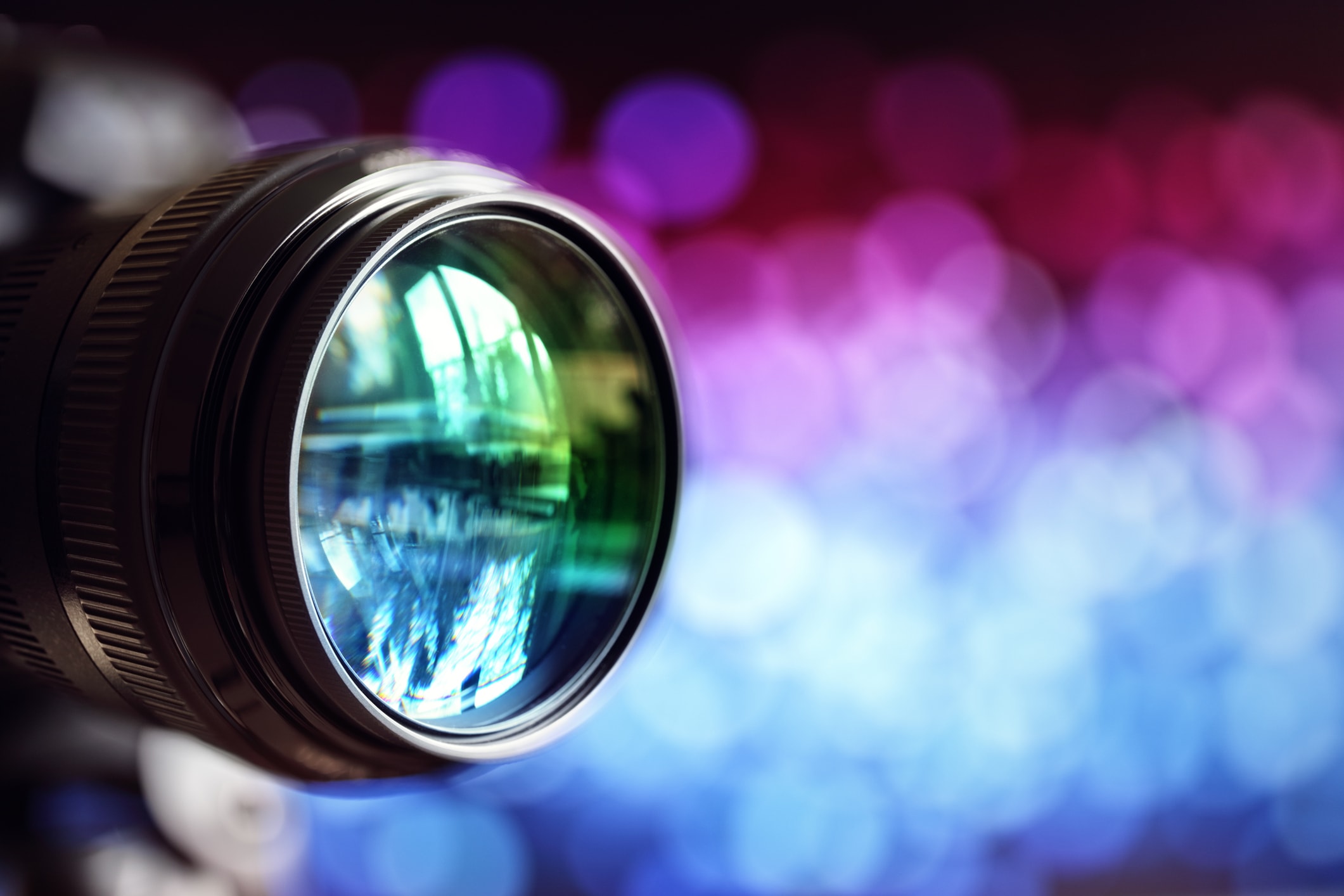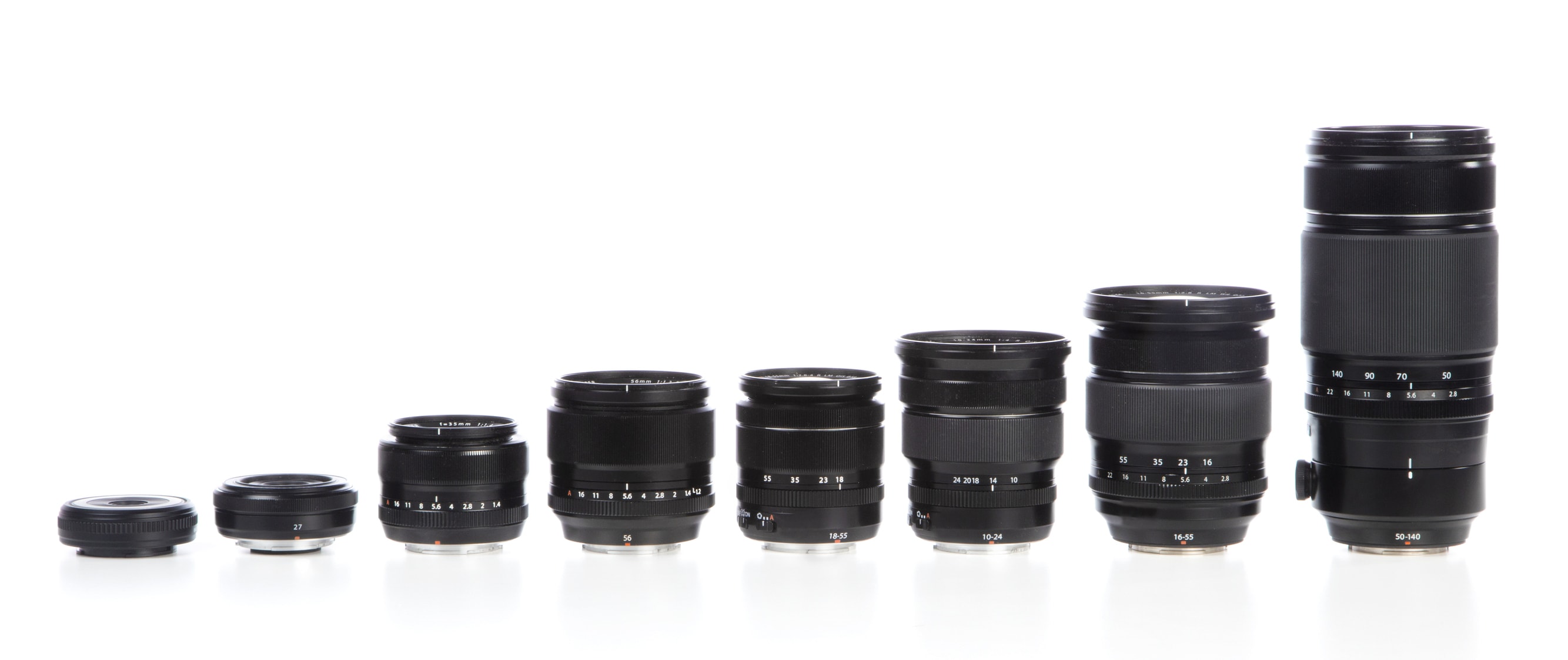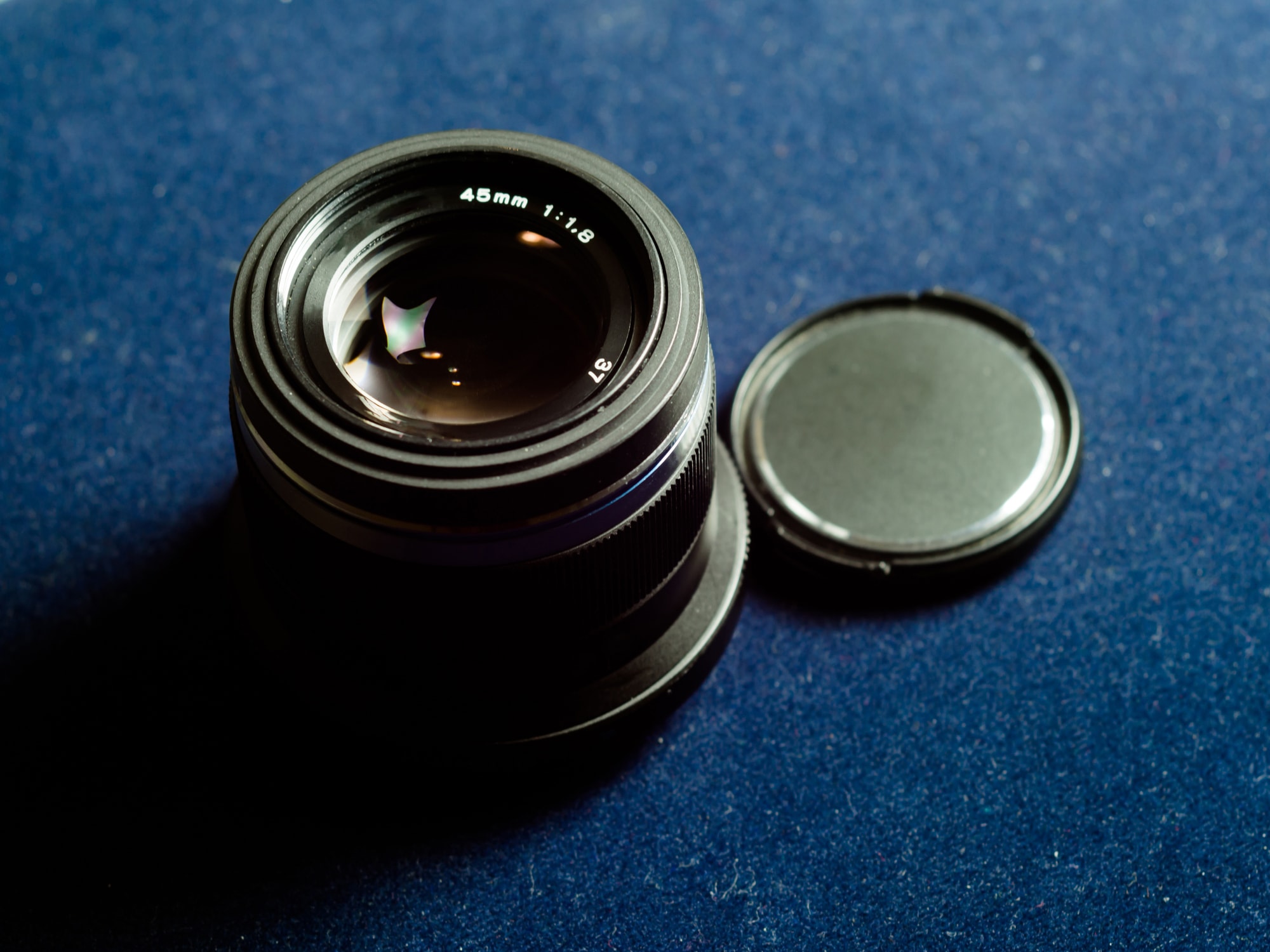A Comprehensive Guide To Prime Lenses


When it comes to owning great photography equipment, more focus should always be placed on the quality of your lenses. Having the latest camera is a great start, but paired with an amazing lens, even the cheapest of cameras can produce the most stunning photos.
Lenses are one the most important aspects of a photographer’s kit, so it’s no surprise that there are many different types, makes and styles. The two main types of lens, however, are the prime lens and the zoom lens.
Many DSLRs will come with a ‘kit lens’ which is often a zoom lens, but prime lenses can be great additions, even for a beginner.t We take a look at prime lenses and why you might want to consider adding them to your photography kit.
What is a prime lens?
A prime lens can also be referred to as a fixed lens, meaning that it only has one set focal length. Instead of a lens that can zoom in and out from varying focal lengths, prime lenses can only shoot from one focal length e.g. 35mm, 50mm or 100mm.
You can identify a prime lens from a zoom by paying close attention to the focal lengths specified on the side of the lens and also the lack of a zoom ring.
When would you need a prime lens?
Many portrait photographers will use a prime lens in order to get the perfect amount of background blur in their photographs, as prime lenses generally have a lower aperture than zoom lenses.
Prime lenses are best used when you want to highlight a specific subject in an image, as they have a greater depth of field. They often give a clearer more crisp image than zoom lenses, which is why many photographers use prime lenses for weddings, portraits and events.
If you are shooting a particular subject consistently, you will often find that you favour a certain focal length over others. Once you have identified the focal length, you can invest in a better quality prime lens that will give you clearer, higher quality images.
What is focal length?
Focal length is the main factor that sets prime lenses apart from zoom lenses. They have just one focal length per lens, compared to a zoom lens which can span many different focal lengths.
The focal length is represented in mm and determines how close to a subject you can get with your lens. Zoom lenses have varying focal lengths, meaning they can zoom in and out, allowing you to get closer to a subject without moving your position.
A prime lens has only one focal length, meaning that if you wanted to get a subject into frame, you would have to position the camera closer to the area you are focusing on.
When it comes to wildlife photography, a zoom lens is more practical due to its varying focal lengths. If you were a wedding photographer, you would be able to manually get closer to your subjects, making prime lenses a viable option.

The best prime lenses for every budget
If you have discovered that you favour a certain focal length more than others and are looking to add a prime lens to your kit, here are a few lenses that you may want to consider investing in.
50mm
Low budget
Canon 50mm f/1.8 STM Lens
A perfect beginner 50mm prime lens that offers excellent quality at an affordable price. The low f/1.8 aperture gives any portrait photos the perfect backdrop and allows the subject to be displayed in the highest quality.
High end
Canon EF 50mm f/1.2 L USM Lens
The pro version of the Canon 50mm f/1.8, this lens has a much lower aperture than the budget 50mm, allowing a much stronger background blur and rich depth of field. This would be the next step up from the budget version, if portraits were something you were looking to specialise in.
35mm
Low budget
NIKON AF-S DX NIKKOR 35 mm f/1.8G Standard Prime Lens
This standard prime lens is perfect for those looking for the most versatile prime lens available. A 35mm is great for capturing a standard focal length that makes any subject stand out, ideal for wedding and event photography.
High end
Sigma 35mm f1.4 DG HSM I A Lens
This 35mm has a higher aperture of f/1.4, resulting in a heftier price tag. However, Sigma lenses are known for their quality and versatility. They often provide various adapters, so you can use the Sigma lens with any make and model camera.
85mm
Low budget
Nikon AF-S NIKKOR f/1.8G ED Lens - 85 mm
Another lens that is perfect for getting close to the subject. The 85mm is best for those looking to get up close and personal with very little background. With Nikon’s high-quality reputation, this is a great way to get started an 85mm.
High end
Canon EF 85mm f/1.2L II USM Lens
At a much higher price, but a higher quality aperture, the Canon 85mm is for the professional portrait photographer. Its f/1.2 aperture means that you will get the clearest and most detailed image possible.
Specialist photography insurance through Ripe
Planning an industrial photography project? You may want to protect your camera and accessories with specialist photography insurance.
At Ripe, we arrange cover that can be tailored to fit your exact requirements, so you only ever pay for what you need. You can cover up to £60k of equipment for theft and accidental damage so that you can enjoy your shoots with peace of mind.
Find out more about specialist photography insurance, or get a quick online quote today.
Please note the information provided on this page should not be taken as advice and has been written as a matter of opinion. For more on insurance cover and policy wording, see our homepage.
Please enter a valid email address.
Please Please tick one of the boxes below.
Let's stay in touch. Sign up to receive special offers and exclusive discounts.
Your data is safe with us and you can unsubscribe at any time. For more information, please see our Privacy policy.
Thank you for subscribing, you’ll be hearing from us soon!


